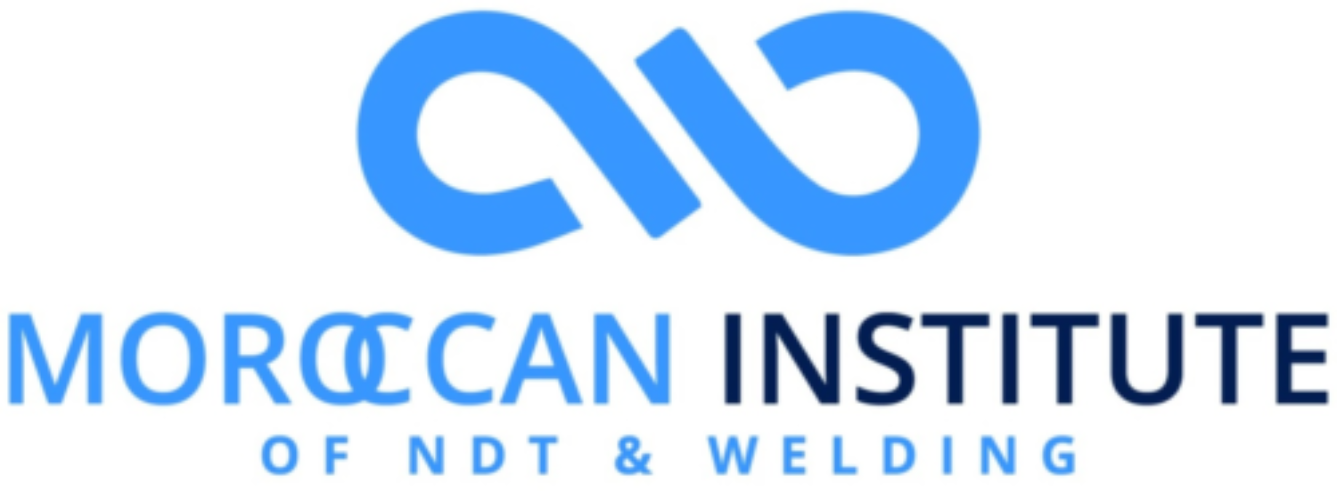API Preparatory Exam Course
API 510
API 510 is a standard for the inspection, repair, alteration, and reconstruction of pressure vessels used in the petroleum and chemical industries. The inspector’s responsibilities include evaluating the pressure vessel’s condition, verifying compliance with API 510 standards, and providing recommendations for repair or maintenance as needed.
Course Content
- Detailed explanations of all the information covered in the API 510 ‘Body of Knowledge’ including:
- ASME welding requirements for pressure vessels section IX and VIII
- ASME non-destructive testing principles and application of Section V
- Pressure vessel design review SME Section VIII, weld sizes, vessel nozzle reinforcement, brittle fracture, weld efficiency factors, post weld heat treatment
- Pressure relieving devices, valves, bursting discs, setting, testing and inspection
- API 510 inspection, repair and rerating of vessels, inspection intervals, inspection requirements, relationships to ASME codes. Corrosion, minimum thickness determination and remaining life calculations
- Inspection and degradation mechanisms of pressure vessels, corrosion and cracking mechanisms
- Erosion, common corrodents, hydrogen and H2S damage, alloy degradation
API 570
API 570 is a standard for piping inspectors in the oil and gas industry. The standard provides a set of guidelines and best practices for the inspection, repair, alteration, and rerating activities for piping systems and their associated pressure relieving devices. It is intended to help ensure the continued safe and reliable operation of piping systems in the oil and gas industry.
Course Content
- Detailed explanations of all the information covered in the API 570 ‘Body of Knowledge’ including:
- ASME welding requirements for pressure piping section IX and B31.3 VIII
- ASME non-destructive testing principles and application of Section V
- Pressure piping design review ASME B31.3, weld sizes, pipe branch reinforcement, brittle fracture, weld efficiency factors, post weld heat treatment; pressure piping inspection practices
- API 570 inspection, repair and re-rating of piping, inspection intervals, inspection requirements, relationships to ASME codes
- Corrosion, minimum thickness determination and remaining life calculations
- Inspection and degradation mechanisms of piping, corrosion and cracking mechanisms, erosion, common corrodents, hydrogen and H2S damage, alloy degradation
API 653
API 653 is a standard for the inspection, repair, alteration, and reconstruction of above ground storage tanks used in the petroleum and chemical industries. The inspector’s responsibilities include evaluating the tank’s condition, verifying compliance with API 653 standards, and providing recommendations for repair or maintenance as needed.
Course Content
- Detailed explanations of all the information covered in the API 653 ‘Body of Knowledge’ including:
- ASME welding requirements for storage tanks sections IX and API 650
- ASME non-destructive testing principles and application of section V
- Storage tank design review API 650, weld sizes, tank nozzle reinforcement, brittle fracture, weld efficiency factors, post weld heat treatment
- API 653 inspection, repair alteration and reconstruction of tanks, inspection intervals, inspection requirements, relationships to ASME codes
- Corrosion, minimum thickness determination and remaining life calculations
- Inspection and degradation mechanisms of API 571
- Cathodic protection and internal coatings for storage tanks
- Safety and preparation issues on tank floors for repair
API 580 & ASME PCC-3
API 580 & ASME PCC-3 are standards that provide guidelines and best practices for performing RBI (Risk-Based Inspection) evaluations on process equipment and piping systems, with the goal of improving safety and reducing the likelihood of unplanned outages. The standard covers RBI assessment and inspection planning, data collection and analysis, risk modelling, and inspection and assessment results interpretation.
Course Content
- Familiarise with all stages of developing RBI study
- Differentiate between different types of RBI
- Ability to assess all factors affecting POF (Probability of Failure)
- Ability to assess all factors affecting COF (Consequence of Failure)
- Know how to calculate the Risk
- Understand the responsibilities of different parties in an RBI study
- Familiarise with different types of damage modes and mechanisms
Damage Mechanisms
Damage mechanisms refer to the ways in which a material or structure can be damaged or deteriorate over time. These mechanisms can be prevented or mitigated through the use of proper materials, design, and maintenance practices. Understanding and identifying the specific damage mechanisms affecting a material or structure is crucial for ensuring its safety and reliability over time.
Course Content
- Identification of existing damage or deterioration and anticipated rates of degradation
- Identification of future damage mechanism susceptibilities
- Development and maintenance of inspection and monitoring strategies, programs, and plans (e.g. per API 510, API 570, and API 653)
- Implementation and monitoring of integrity operating windows (IOWs) (see API 584)
- Development of corrosion control documents (CCDs) (see API 970)
- Implementation of Risk-Based Inspection (RBI) programs (see API 580 and API 581)
- Conducting Fitness-For-Service (FFS) assessments (see API 579-1/ASME FFS-1)
- Application of proper examination techniques
- Conducting pressure equipment integrity incident investigations (see API 585)
